26 Apr Japanese Hot Springs: Relax in a Traditional Onsen
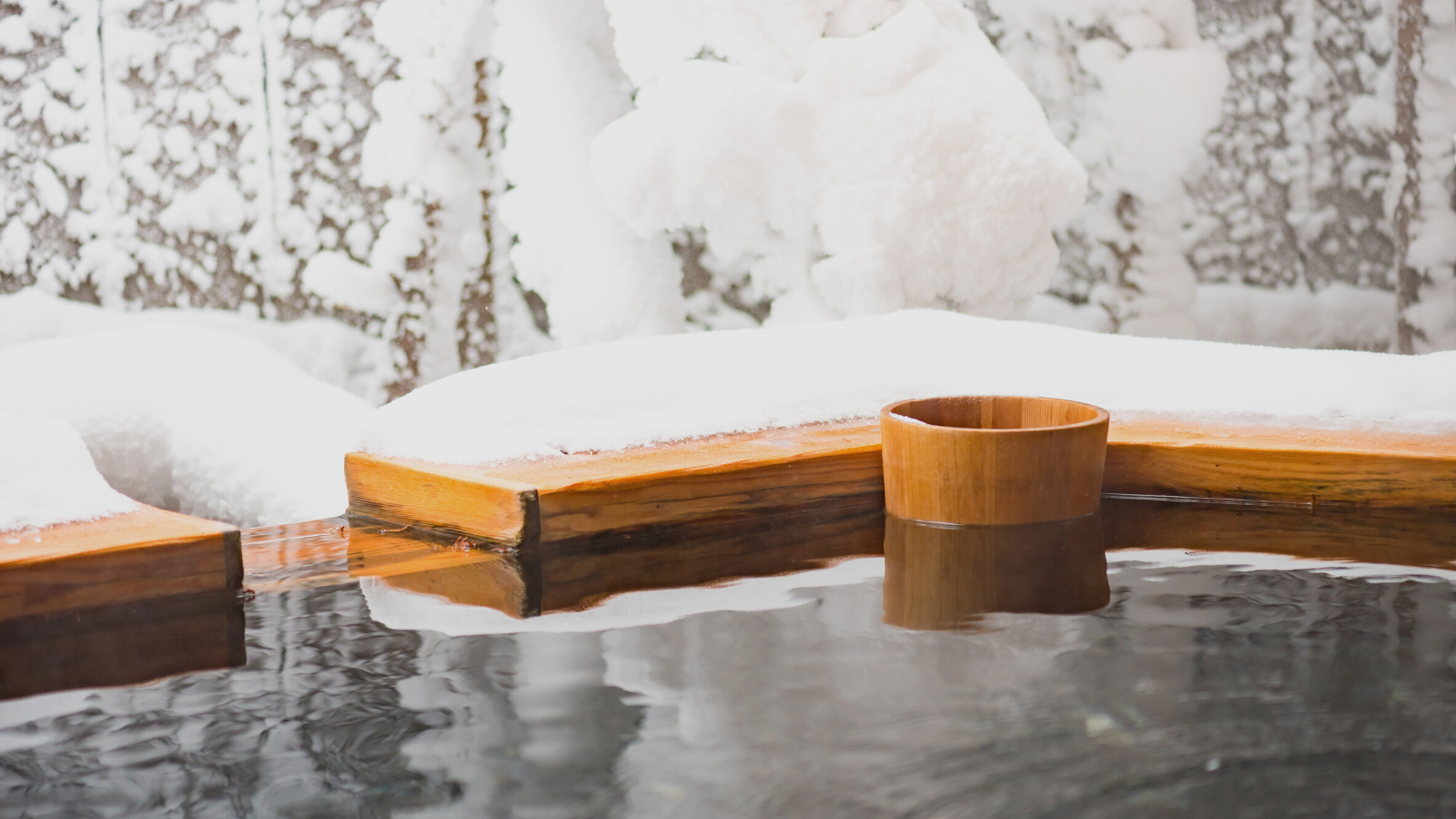
Japanese Hot Springs: Relax in a Traditional Onsen
A trip to Japan is not complete without a visit to one — or several — natural hot springs called onsen. There are more than 3,000 hot springs across Japan and they are a major part of life dating back to the 8th century.
One of the best ways to experience Japan’s hot springs is by staying at atraditional Japanese hot springs hotel called a ryokan.
Here are several Japanese words to get out of the way before we dive deeper into hot spring and ryokan culture:
Onsen = A natural hot spring in Japan, traditionally located in upscale resorts and ryokan
Rotemburo = An outdoor onsen – the BEST kind!
Sento = A public bathhouse that uses artificially heated water, usually standalone establishments in residential areas
Ryokan = Traditional Japanese inns
Ofuro = Private soaking tubs made from materials like cypress or basalt stone
Kaiseki or Kaiseki Ryori = Multi-course, formal meal
Find What You're Looking For
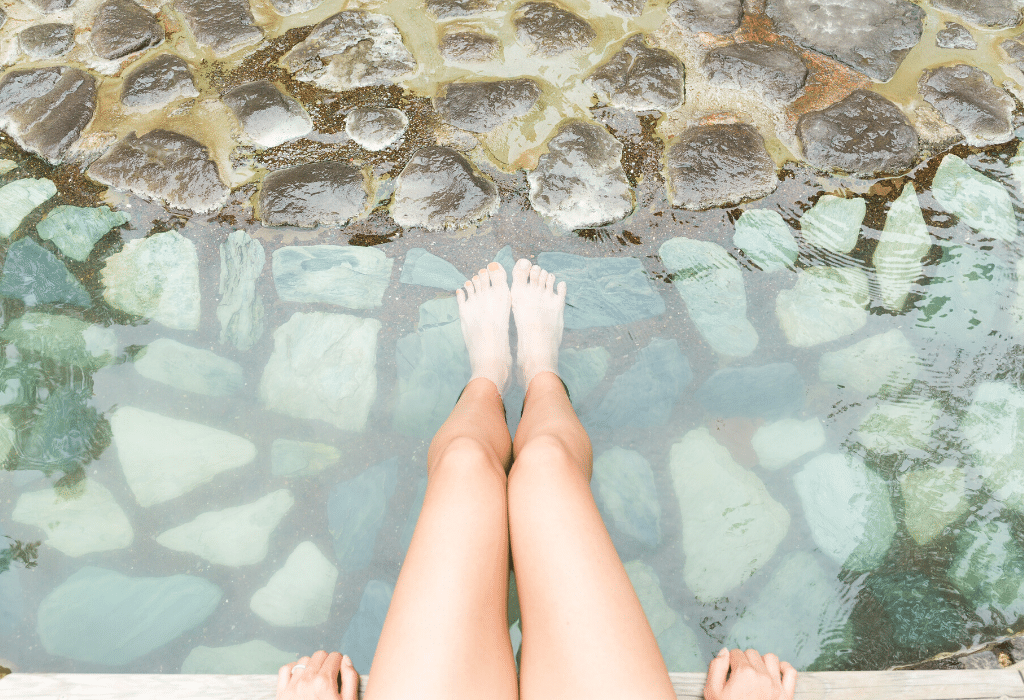
History of Japanese Hot Springs
First recorded in the 8th century, Japanese people have long believed that the mineral-rich thermal waters of the hot springs hold therapeutic benefits and could heal people from illness and injury and improve general health, skin, and circulation. Japanese warriors and emperors traveled long distances to soak in the restorative baths of hot springs sourced from the country’s active volcanoes.
Unlike Budapest’s famed thermal baths or the Blue Lagoon in Iceland, these Japanese hot springs are not social events and you won’t see anyone playing chess while soaking away their aches and pains. They are used to relax and meditate, so it’s important to mind your Ps and Qs — so resist the urge to take those selfies unless, of course, you’re in a private bath!
Today there are more than 3,000 onsens of all shapes, sizes, and settings scattered across Japan. There’s even a Hot Spring Law that regulates the water temperature (no lower than 77°F), which is generally around 104°F. Additionally, the water must contain at least one of the 19 approved chemical elements that occur naturally in hot springs.
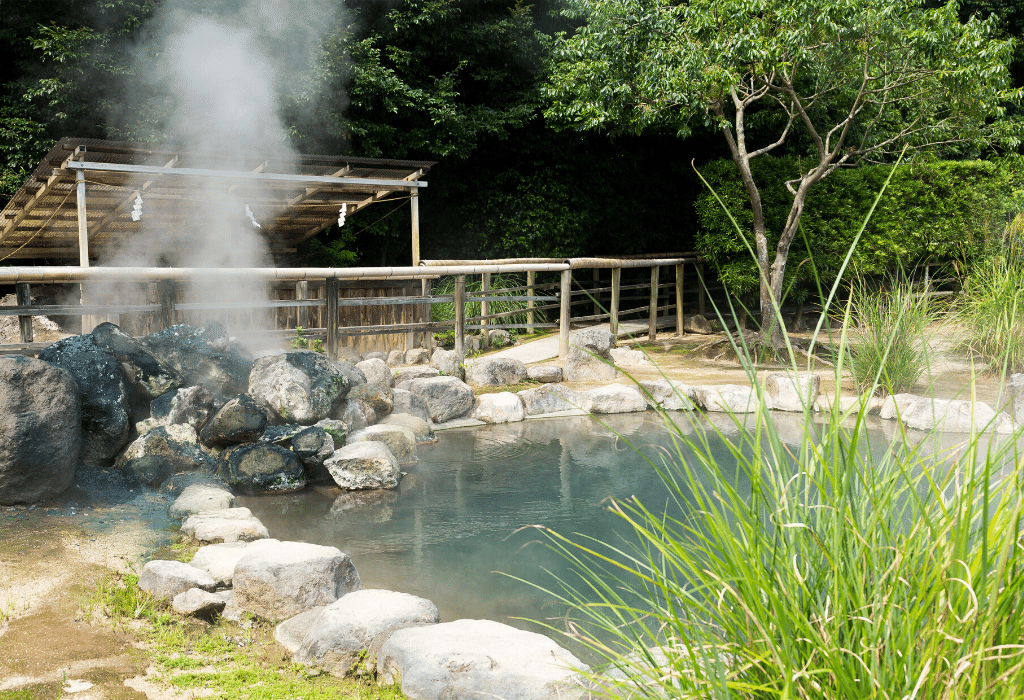
Rules to Follow at Japanese Hot Springs
Take off your shoes and leave them at the entrance.
Store them in a cubby or on the floor at the entrance. Do NOT take them with you. Some onsens will provide slippers for you.
Head into the bathing area and scrub down.
Public bathing areas are almost always separated by gender (women’s side marked in red and the men’s in blue). Before you reach the hot spring itself, you’ll pass through a bathroom with shower stations that typically include seats. These showers are required.
In Japan’s public hot springs, like those in neighborhoods, you will need to bring your own bathing supplies (soap, shampoo, etc). However, private onsens and those located within ryokan will provide these products to you. Scrub your body thoroughly — like more than you think is necessary — before entering the spring water. If others think you haven’t done an adequate job, they will probably let you know. So make sure to get all those nooks and crannies.
Wash your hair and tie it back if it’s long. Do not get into the spring waters with your hair flying all around. Never dip your head into the water – and only submerged yourself up to your neck. This is not the time to do one of those water hair flip photos.
No bathing suits are allowed. Period.
Everyone else will be naked. Get over it. Just remember that this is a major part of the Japanese culture and they really aren’t concerned with checking out your bits. If you simply can’t stand the thought of getting naked in public, try a ryokan with private rotenburo (outside bath). They will be pricier than a traditional onsen but you won’t have to show off your private bits.
You can use the small onsen towel provided to you (like a washcloth) to attempt to hide yourself on your way to the water (don’t bring your big towel with you). Just don’t put your towel in the water. Ever. (Nothing should ever go into the spring water except for your beautiful naked body.) You can wet the towel in the shower area and set it to the side of the water when you get in and, when you get hot, do like the locals do – fold the towel and place it on your head to cool off.
Don’t bring your phone or camera.
I get it, Japanese hot springs are beautiful and magical. However, unless you’re in your own private area it’s completely in bad taste to even think about taking photographs. No one wants to wind up in the background of some picture on your Instagram feed.
Be respectful.
Going to an Japanese hot spring isn’t a party. It’s considered a meditative and spiritual time and the last thing anyone wants is some drunk tourist splashing and yelling. Keep your voice down and don’t run around. If you don’t think you can keep your inner rowdy at bay, try a private bath where you can behave as you’d like (within reason, of course).
The spring waters vary in temperature so, if you’re in the hottest water, it might be best to avoid alcohol before and after your dip. Keep yourself hydrated and, if you feel lightheaded, get out for a little bit. Most onsens sell ice-cold bottles of milk. Some Japanese claim the cold milk fends off headaches and dizziness after bathing.
Double Dipping is Encouraged
This will likely be the only situation where you can double dip and remain in the good graces of others. It’s encouraged to get in and out of the healing onsen water (consider yourself a little piece of meat in a fondue pot!). However, one rule is that you wash off before changing pools.
Don’t run off after you’ve finished dipping into the spring water.
Most Japanese public and private hot springs have areas where you can sit back and relax after enjoying the therapeutic waters. Relaxation areas range from stools in dressing areas to massaging chairs and a bar to enjoy a glass of sake or a Kirin.
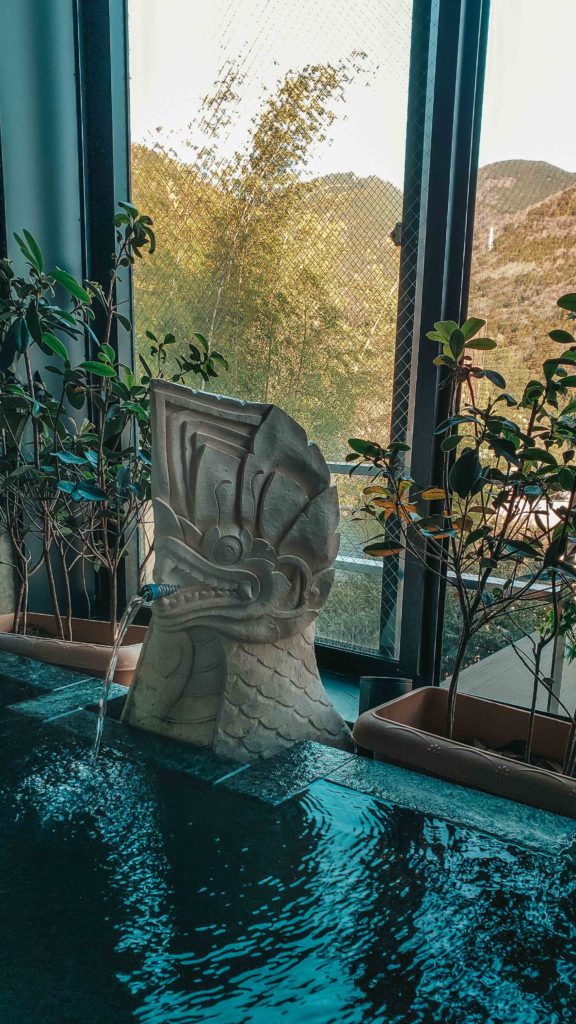
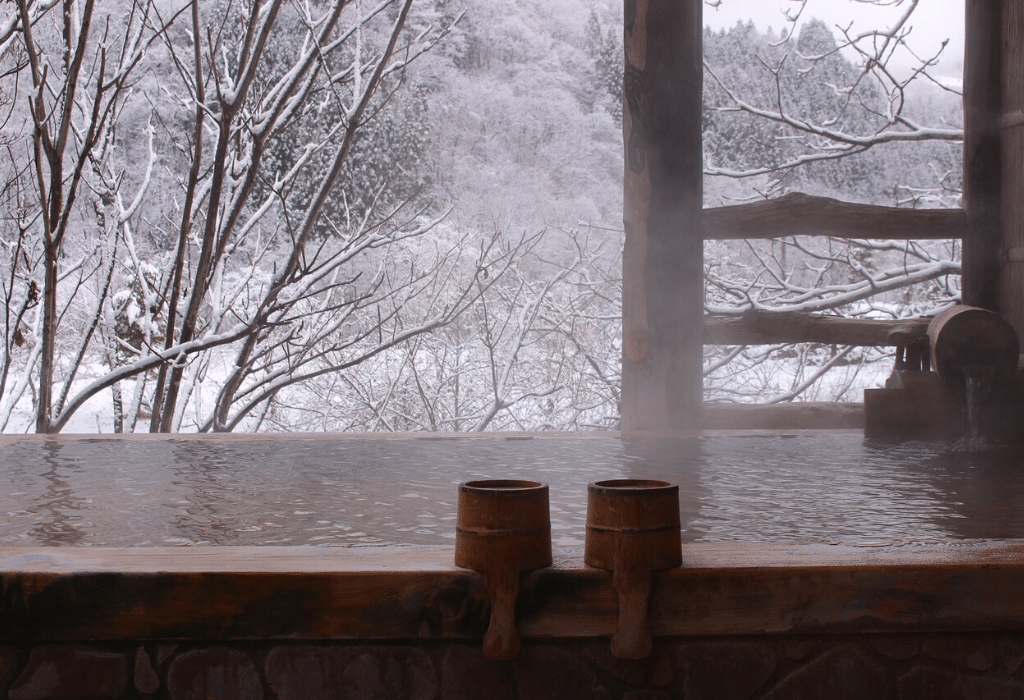
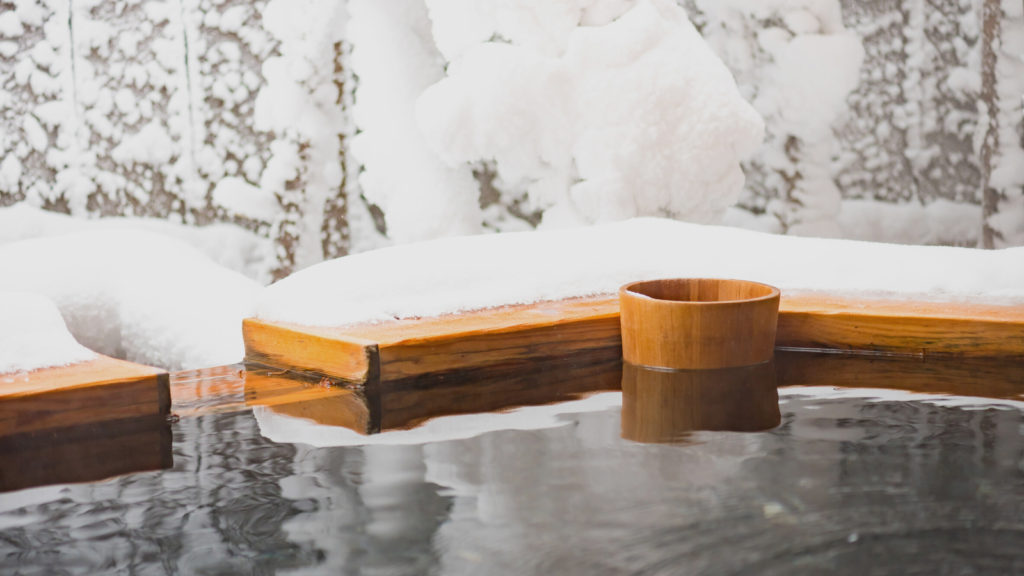
The Stigma of Tattoos at Japanese Hot Springs
Though it is getting more relaxed, there is still a cultural stigma around tattoos in Japan. This is especially apparent at onsens and sentos.
If you’re inked up, it’s a good idea to check the rules of the location before you go. Some places ban people with tattoos. Other have designated hours for tatted folks and, if your ink is small enough, you can buy flesh-colored stickers at drugstores explicitly for the purpose of sidestepping tattoo concerns. Check this site out for a list of places that allow tattoos.
Disclosure: This post may contain affiliate links. At no additional cost to you, I may earn a small commission if you book or purchase through these links.
Resources to help your Travels
As always, everything on this site is completely free. If you found this post (or anything on YouFoundSarah.com) useful, I’d be grateful if you considered using the affiliate links below. I make a small commission at no extra cost to you. These are the services Drew and I love to use ourselves when we plan our travels. Thanks for your support! — Sarah
Booking.com – For booking hotel rooms.
Tours by Locals and GetYourGuide.com – For finding high-quality tours around the world.
VRBO – For renting homes across the world.
Save this to Pinterest
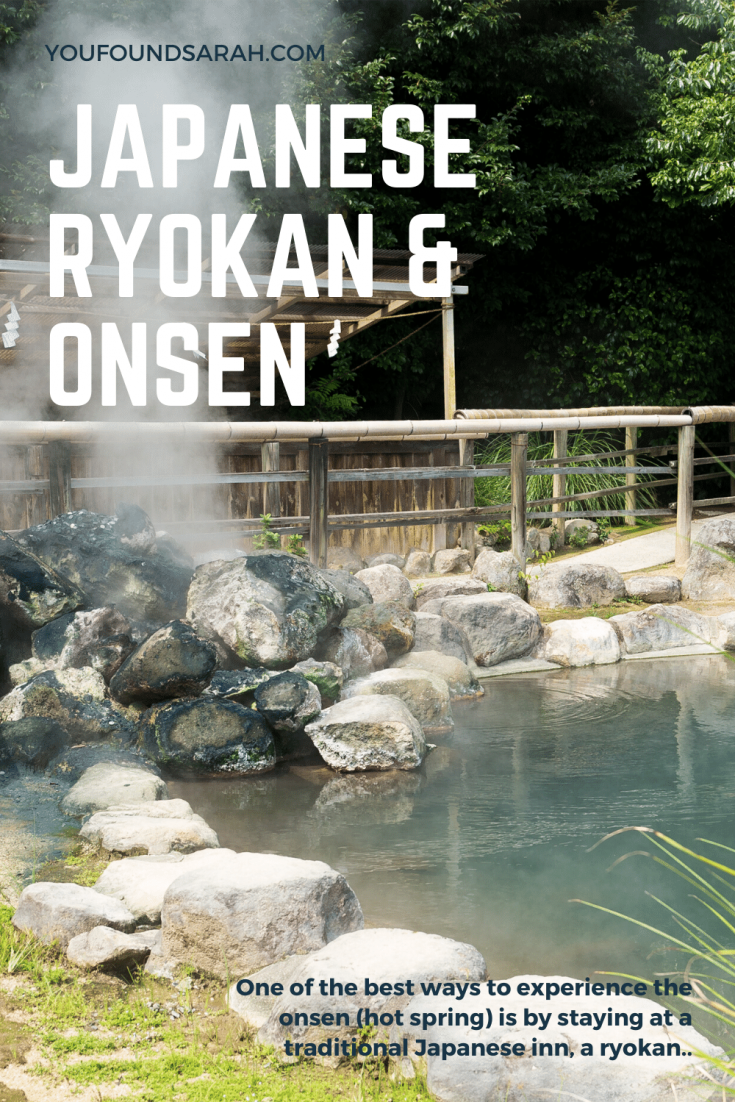
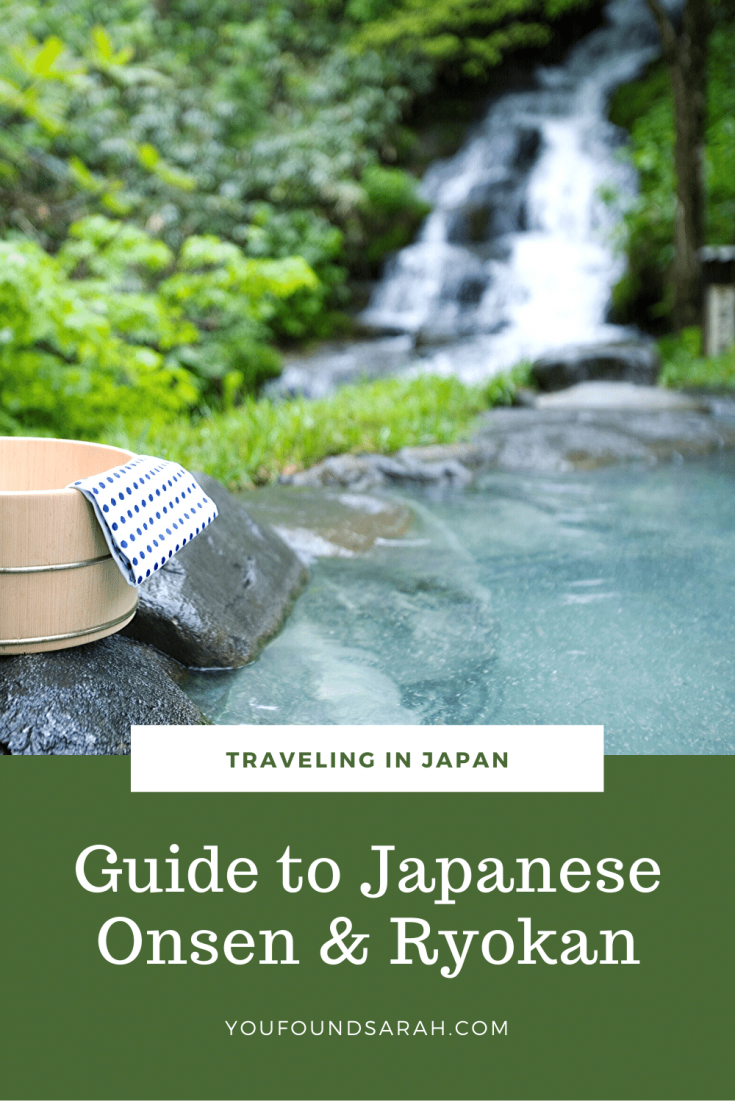
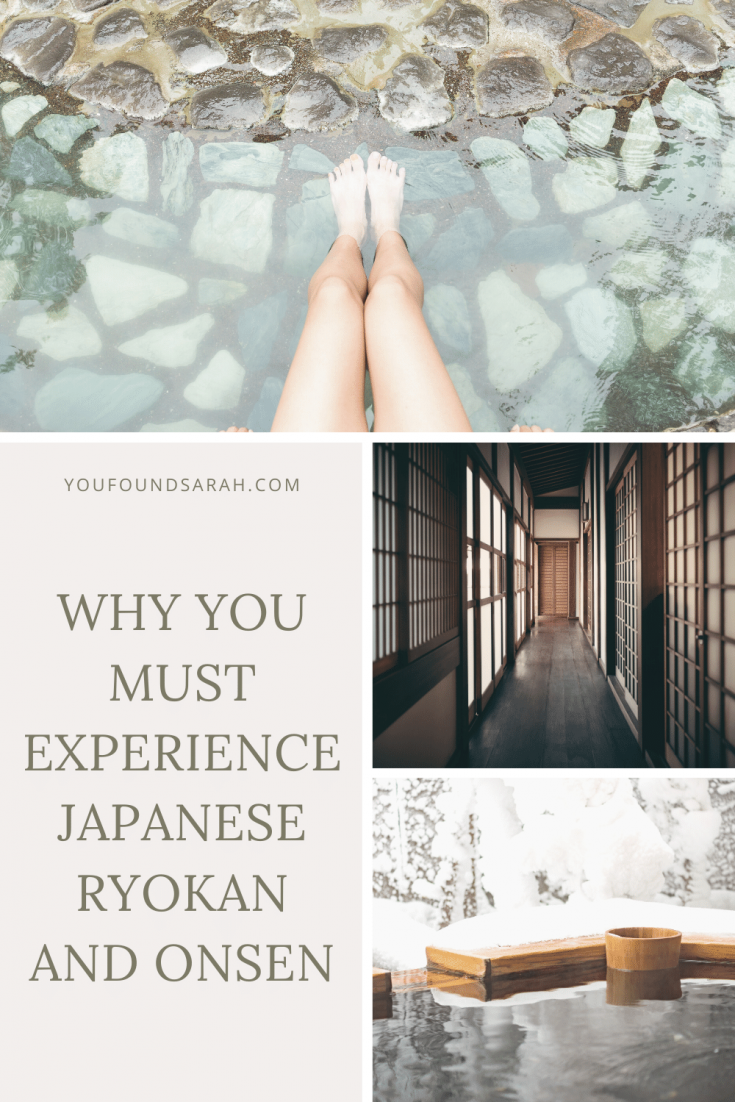
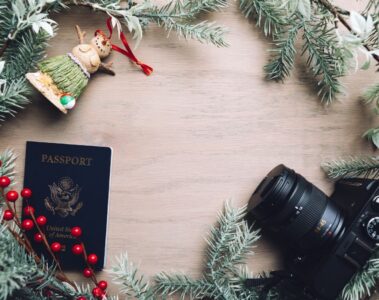
2021 Holiday Gift Guide for Travel-Loving Ladies
It doesn’t matter if the closest thing you’re doing to boarding planes is creating a travel inspiration board on Pinterest! And while nothing really beats a plane ticket or airline gift card, I think these gift ideas will delight even the hardest to please travel-loving ladies on your list.

36 Hours in St. Louis: Your Go To Itinerary [2021]
St. Louis is a fun and easy city to see in 36 hours. You’ll easily be able to explore authentic St. Louis sights, sounds, and tastes. Check out my itinerary below for spending 36 hours in St. Louis!
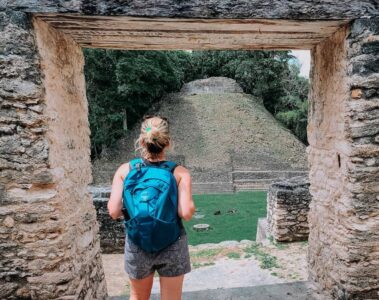
Everything You Need to Know About Visiting Caracol
Caracol is hands down one of Belize’s best hidden gems and a major site in Mayan history. If you love off-the-beaten path adventures and history, you’ll love visiting the ancient Mayan civilization of Caracol.
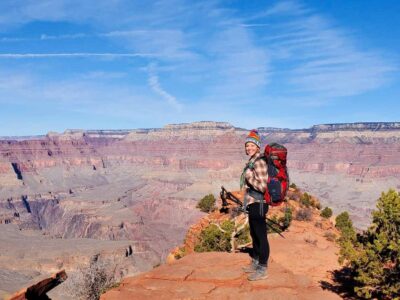
The Best Hike at the Grand Canyon’s South Rim
Have you always dreamed of hiking to the bottom of the Grand Canyon? Here’s what you need to know if you’re hiking the South Kaibab Trail to tick this coveted adventure off your bucket list.
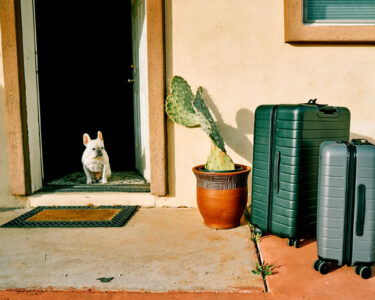
How to Travel When You Have Pets
Our dogs are our children! So we always take great care in finding the perfect place for them to stay while we travel. There are several options when it comes to finding a loving, safe, and fun environment for pets while you travel. Here are the 5 most common.

No Comments